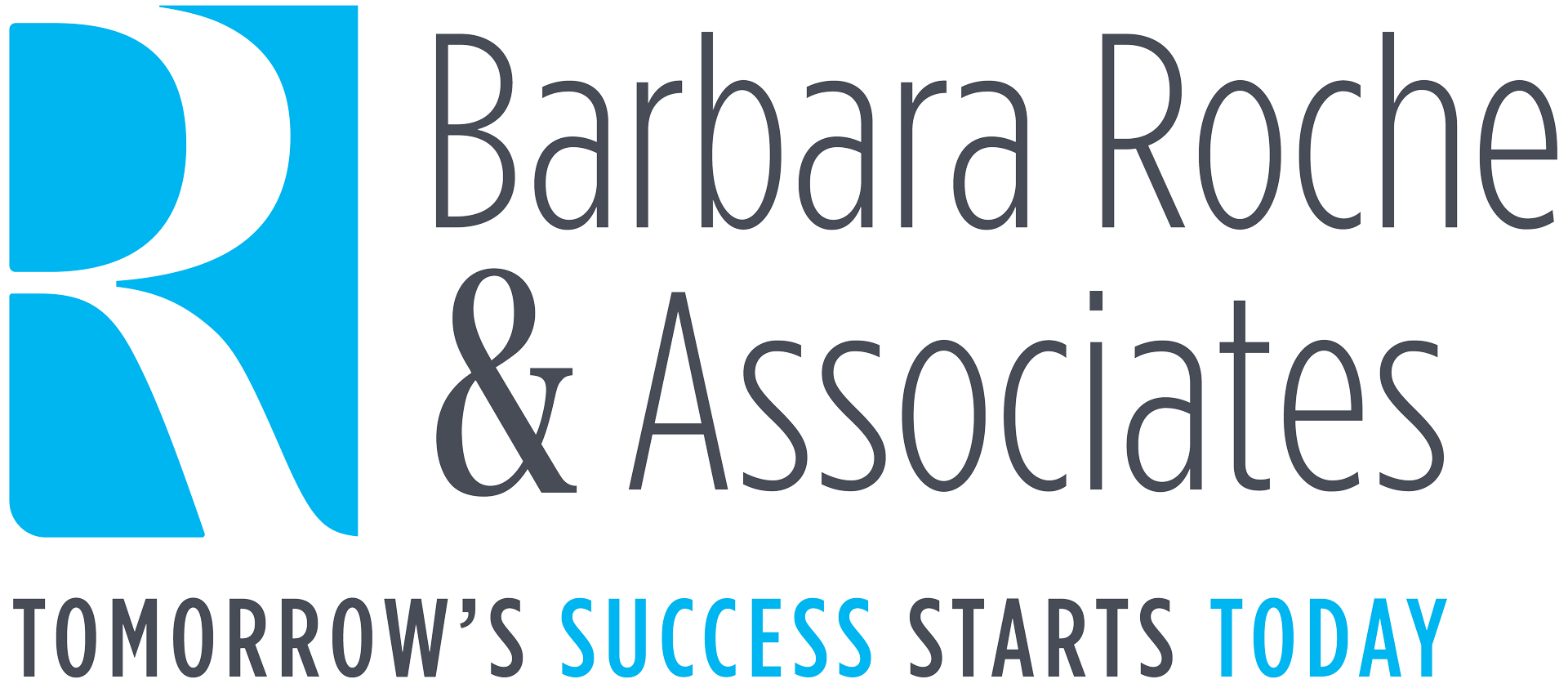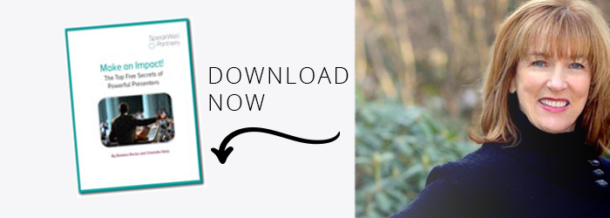 Raise your hand if you need a break from all the crazy hand gestures made by Donald Trump, Bernie Sanders and Hillary Clinton. Good. That’s what I thought. In my humble opinion, they are all demonstrating what not to do. But what should a speaker do with their hands to be memorable, compelling and persuasive? Well, look out, it’s gonna get nerdy up in here. Yup, we’re talking about kinesics – the study of nonverbal communication, and here’s what you need to care about:
Raise your hand if you need a break from all the crazy hand gestures made by Donald Trump, Bernie Sanders and Hillary Clinton. Good. That’s what I thought. In my humble opinion, they are all demonstrating what not to do. But what should a speaker do with their hands to be memorable, compelling and persuasive? Well, look out, it’s gonna get nerdy up in here. Yup, we’re talking about kinesics – the study of nonverbal communication, and here’s what you need to care about:
First of all, sssshhhh. A speaker must first master quiet hands – the kind that are held comfortably near the belt line, without any “white-knuckling” or tension. Once you have that skill mastered, you can then use your hands to enhance your message. That brings us to the science of nonverbal communication.
Researchers Judith Holler and Geoffrey Beattie conducted studies on the benefits and drawbacks of iconic gestures. They were trying to prove or disprove prior research that claimed hand gestures were not “richly informative,” but instead, largely redundant, and therefore did not enhance or refine verbal communication.
I’ll skip over most of the wonky science part (you can read it for yourself here). The researchers found something interesting. Yes, gestures can be either complimentary or utterly redundant, but gestures can also play a big role in making the speaker’s message explicit – leaving no room for confusion or doubt. How cute was the piglet? Just how big is the deficit? How small was the flash drive? How much should I care about your position on immigration?
Which leads us to the simplest, fastest way to improve your nonverbal communication. The most effective gestures fall into two categories: emphatic or descriptive.
- Emphatic– these gestures help a speaker convey confidence, energy, authority, and assertiveness. Picture one hand slicing into the palm of the other hand, while the speaker is saying, “No new taxes, period.”
- Descriptive– these gestures help you convey the size, scale, delicateness or enormity of your words. A little bird, or a huge box, or a teeny tiny microchip.
The only way to improve or refine your gestures is to videotape yourself. Are your hands distracting or rigid? Are they dancing all over the place or clutched behind your back? We all have default styles, and the most common is bad habits are bouncing hands or the card-dealer – a circular motion in the wrist that never stops.
My take on the research is that hand gestures are a crucial part of a speaker’s overall presentation. They can help the speaker be informative, convey emotion, and maintain the attention of the audience. Or they can be redundant and distracting. Which do you prefer?
I am making the “peace” sign as I say thank you for reading.
P.S. Want to get feedback on your gestures? If you are in the Boston area on June 7th, come join us at our free Business Storytelling Open House. Get all the details here.

